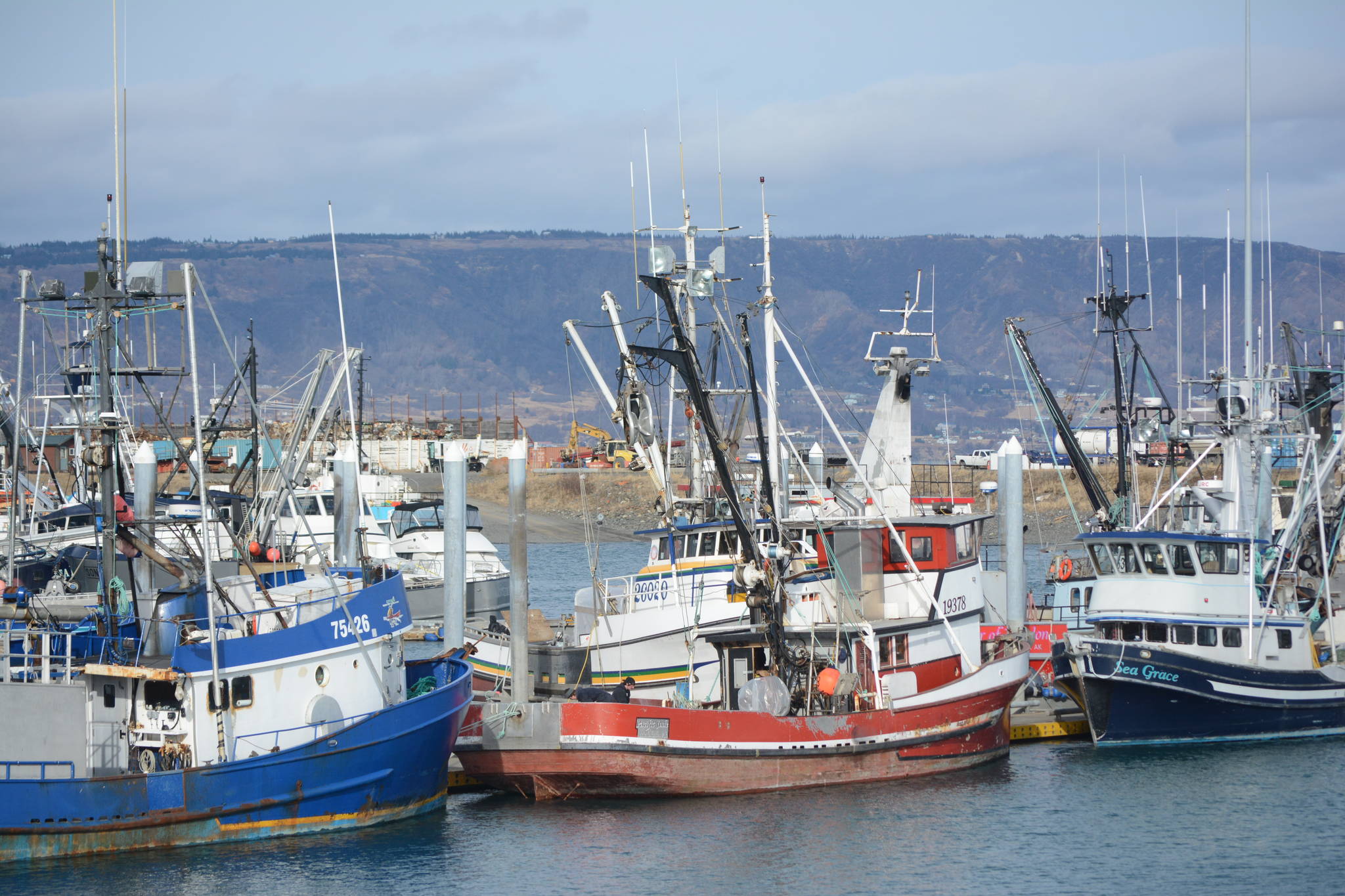A group of industry leaders has signed on to a letter to Chris Oliver, assistant administrator to the National Oceanic and Atmospheric Administration National Marine Fisheries, asking that he take immediate action to curtail the trawl sectors that have exceeded their annual catch limit of sablefish in the Bering Sea by significant margins: 485% in 2020 with just less than two months of the season left, and 356% last year.
The Gulf of Alaska trawl fleet has also far exceeded their allowable catch of sablefish by significant margins for several years.
Leaders such as Linda Behnkin with Alaska Longline Fishermen’s Association, Malcolm Milne with North Pacific Fisheries Association, and Bob Alverson with the Fishing Vessel Owner’s Association, among others, are decrying the lack of action by NOAA/NMFS in allowing such gross overages.
Fisherman Buck Laukitis, who has two boats that fish halibut and sablefish in the Bering Sea/Aleutian Islands, described trawlers working right on top of them on the sablefish grounds. He started writing letters to colleagues to bring attention to the problem, but lamented that it took fishermen on the grounds calling it out, rather than fishery managers taking the initiative.
“It’s really unfortunate that you have to go to a reporter and you have to write letters, because this is a rationalized fishery. We could tell what every single one of those boats is doing through their co-op, we know who’s catching the (sablefish) and where they’re fishing,” he said, since they have 100% observer coverage. “The promise of rationalization was that they would take care of their own problems. This is just a breakdown. Either they don’t care, because they’re the biggest fishermen in the country and they have immunity, the rules are for somebody else, or … I don’t even know how this is possible.”
The letter to Oliver states that the trawl fleet exceeded their Total Allowable Catch, or TAC, in the Bering Sea by over 11 million pounds this year, mostly juvenile fish that had they been allowed to grow to market size would have made up at least 25 million pounds of marketable fish.
Laukitis pointed out that it is common knowledge that both sablefish and halibut rear in the Bering Sea and migrate out as far south as British Columbia and beyond, so it is not just an issue for Bering Sea and Aleutian Island fishermen, it takes a toll on everyone.
As of this week, with about 10 days left in the season, only 22% of the directed fishery quota had been landed in the Aleutian Islands district, and only 66% statewide.
“It’s not like we’re seeing tremendous fishing,” Laukitis said. “We’re struggling. It should never have come to this. This is supposedly the best managed fishery in the world.”
The Bering Sea-Aleutian Islands and Gulf of Alaska groundfish Fishery Management Plans share four Accountability Measures (AMs) intended to prevent such systemic and flagrant over-fishing, according to the letter: the Observer Program; the Catch Accounting System; In-season Management; and Harvest Specifications and TAC Overage.
The FMP provisions also state that “[i]n the rare occurrence of a TAC being exceeded,” NMFS would evaluate the causes of the overage and develop actions that would prevent the overage from happening again such as further restricting the directed fishery or adjusting the stock assessment.
“These two AMs neither provided for any management actions that control excess incidental take of sablefish by sector, nor prevented the Bering Sea trawl sector from exceeding its (Annual Catch Limit) again in 2020,” it states.
“At the January/February 2020 Council Meeting, NPFMC senior scientist Dr. Diana Stram explained that the Council’s ‘extensive discussion’ about the overage did not formally identify any AMs but resulted in actions she believes functioned as AMs: (1) the Council set an Alaska-wide Overfishing Limit (OFL); (2) selected a TAC that was below the ABC and (3) cautioned trawl industry representatives to guard against overages in 2020. NMFS assumed these measures would reduce incidental sablefish take in the trawl fisheries in 2020.
The letter points out that beyond “cautioning” the trawl sector against such overages, last year’s actions and the management plans both rely on avoidance measures that apply to the entire groundfish fishery instead of addressing overages caused by incidental catch in the trawl sector, essentially lowering the directed fishery quota to make up for the trawl overages.
“It makes no sense to rely on fishery-wide measures when one sector consistently adheres to its catch limit, while another sector demonstrates considerable uncertainty and variability in its catch limit overages which recur year after year,” it continues.
The soonest that NMFS and the Council are likely to address the issue would be at the upcoming December meeting.
Cristy Fry can be reached at realist468@gmail.com



